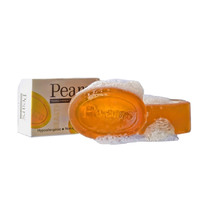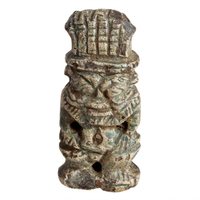Caring for Loved Ones


An instruction poster showing how to prevent the spread of coronavirus.
From birth to death, acts of protecting loved ones are often celebrations of community and the lives of others. Significant life events, such as weddings or funerals, are often accompanied by traditions that convey protection and promote the happiness, safety and health of those we care about.
Transitioning into adulthood, for example through marriage and starting your own family, is often accompanied by items of protection. Rituals of protection surrounding birth have focused on fertility, children and their mothers, whilst blessings for marriages may include wishes for long, happy and fulfilled lives together.
The end of life is also accompanied by comforting rituals for friends and relatives. These can attend to the body as well as the soul’s journey to, and wellbeing in, the afterlife.
The communal nature of these rituals leads to them varying widely between countries, villages and even families. Every group develops their own traditions. Are there any traditions which are significant to your community?
Gallery
Click on an image to view full size.

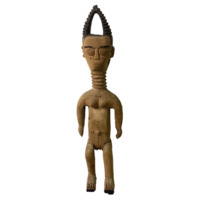
Fertility figure
Early 1900s
Fante, Ghana
These dolls (Akua'ba) were carried by women on their backs to improve fertility. They are believed to bring prosperity to households, particularly mothers, thereby protecting the lineage of the family. In the Fante culture, an individual's family lineage and inheritance pass through their mothers, so these fertility figures were almost always depicted as females.
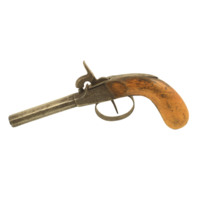
Marriage pistol
1800s
Buchan, Aberdeenshire, Scotland
In the North East of Scotland making loud noises during weddings was believed to scare evil spirits away from newlyweds. In the 18th and early 19th centuries, pistols were used for this purpose. Today wedding guests make do with pan lids and similar objects.
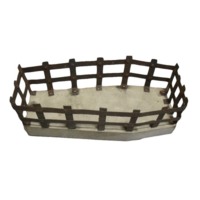
Mortsafe model
Early 1800s
Kirkton of Skene, Scotland
Mortsafes were usually heavy iron and stone devices placed over the graves of those recently buried to protect their bodies from theft. Resurrectionists, also known as body snatchers, were paid to supply medical schools with corpses for dissection. The weight of a mortsafe would make digging up the recently deceased person’s body impossible.
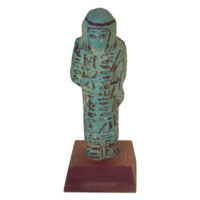
Shabti
1187-1069 BC
Egypt
Shabtis were figurines that were placed in the tombs of the Egyptian elite. They had spells from the Book of the Dead written on them that commanded the shabti to life. In the afterlife, the shabti did manual labor in the Fields of Osiris in place of the dead, so their elite way of life would be protected.
Pears soap
1807 - present
Washing our hands with soap is important to avoid getting sick and spreading infections to those we care for. The Covid-19 pandemic has led to several public safety videos that demonstrate how to wash our hands properly and for how long. The song ‘Happy Birthday’ will never seem the same again.
Bes Amulet
1900-1100 BC
Egypt
Bes, a dwarf Egyptian deity, was worshipped as a protector of households, particularly of mothers, children and childbirth. Ugliness was believed to deter evil spirits, so Bes is usually depicted in a grotesque style. He was later regarded as defender of all good and enemy of all evil.

